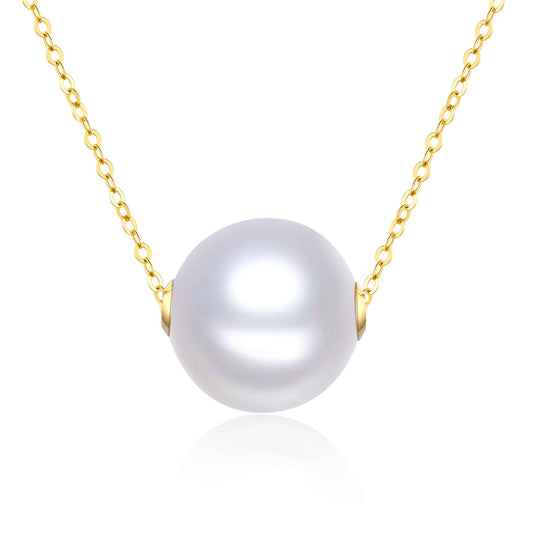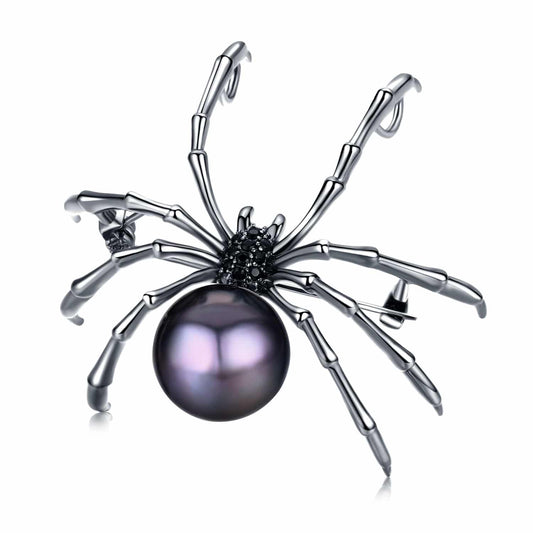
Anne Frank: A Spirited Young Pearl In Hiding
Share
Amidst the darkest of circumstances, her pen spoke for six million.
When a horrific period of history is captured in a diary of a Jewish girl, a tragic story also shines a light on how the human spirit and joie de vivre endures, despite suffering and persecution. Oysters teach us that no matter the darkness around us, a pearl will grow inside, even in a short life. We believe that people are like oysters with unique pearls that develop from difficulties and hardship. This is another installment of the Living like a Pearl series. Find the other stories here.
_________
Our understanding of the persecution of the Jews is better understood because of a diary, which remains an important symbol of the suffering from persecution. Behind the staggering statistics, we have a human connection to that period, thanks to the legacy of Anne Frank’s short life, described by Soviet writer Ilya Ehrenburg as, “one voice speaks for six million—the voice not of a sage or a poet but of an ordinary little girl.”
Born June 12, 1929 in Germany, Anne’s family moved to the Netherlands in 1933 to escape the Nazis hostility to Jews. After the fall of Holland to the Nazi’s in 1940, the Jewish population suffered increasing repression. Under the threat of deportation, her family were among many that were forced into hiding, or face an unthinkable alternative.
Anne was thirteen when her family hid inside a house in the heart of Amsterdam, squeezing into a secret annex that was entered through a door behind a bookcase. Soon joined by another family, eight people lived quietly cramped together in hiding from 1942 to 1944. They were completely dependent on employees and friends of Anne's father to smuggle in food, supplies, and newspapers to stay alive and informed.
A diary provided Anne a safe place to document her daily life, with the confines of staying quiet to avoid detection, and the constant fear of capture.
With candor and wit, Anne’s diary tells us of the difficulties of living in a confined space with so many people, and the suffocating atmosphere and irritability that arose from no escape from their circumstances. But despite the bleak situation, she possessed a hopeful view of her life. “I long to ride a bike, dance, whistle, look at the world, feel young and know that I’m free, and yet I can’t let it show. Just imagine what would happen if all eight of us were to feel sorry for ourselves or walk around with the discontent clearly visible on our faces. Where would that get us?”
Her story took a tragic turn, when at 15 and after two years of hiding, their secret location was discovered in August 1944. Arrested by the German police, the families were put on the last train to Auschwitz to endure the misery of labor and concentration camps with horrific conditions. Anne would not live to see the end of the war, and died of typhoid fever just shortly before the camp was liberated by Allied armies.
Anne’s father was the only remaining survivor, having tragically lost all the family in concentration camps. After the war, he visited where they had hidden and miraculously, found Anne’s diary. Deeply moved by her writing, he gifted the world by publishing “The Diary of Anne Frank” in 1947, which became a best seller and was translated into 60 languages.
People continue to be fascinated by her chronicles of one of the darkest periods of history. Converted to the Anne Frank Museum in 1960, the family’s secret hiding place is visited by thousands of people each year.



